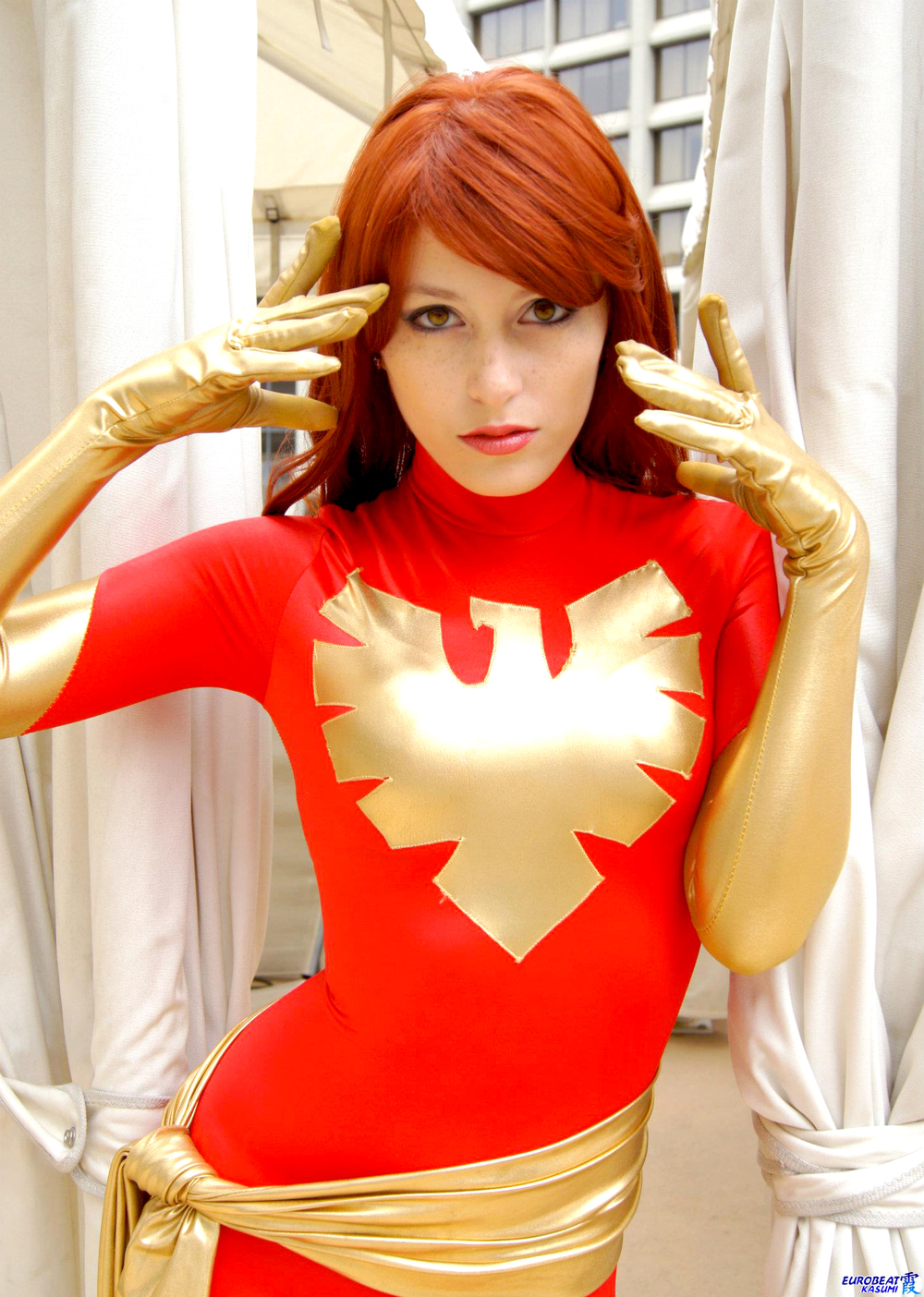The book stared back at me from an aisle end cap in a local bookstore in upstate New York. It was 1984 but my memory is foggy on the exact time of year, so I was either eight or nine years old. The arresting cover hooked me immediately. Big bold block letters announced "The Uncanny X-Men." The gorgeously painted cover, by legendary artist Bill Sienkiewicz, featured characters I wasn't yet familiar with but who would quickly be among my favorites—Jean Grey (Phoenix), Wolverine, Kitty Pryde, Nightcrawler, and more. At this point I was already reading science fiction, fantasy, and comic books. This volume would be the spark that ignited my lifelong affinity for the Marvel mutants.
My mother saw the look in my eyes as I held the trade paperback in my small hands. To her eternal credit, she purchased the book for me that day. I would read it cover to cover, over and over again, for months. I didn't just read the story; I absorbed it directly into my system until I could hardly tell where I ended and it began. And oh, that story. It was and remains marvelous, epic in scope and full of heart. That story is "The Dark Phoenix Saga," still considered by most to be the preeminent X-Men story line and one of a small group of comic book stories that are consistently listed among the most seminal the medium has ever produced. Originally published in the pages of Uncanny X-Men in 1980, the story was only four years old when I stumbled upon it. I'd been too young for it in 1980, but now I had it, the entire arc in one fat book.
 | |
|
 |
| This scene never fails to choke me up. |
Very few pop cultural artifacts elicit the same sort of wistful nostalgia in me as this edition of "The Dark Phoenix Saga." I only need to see the Sienkiewicz cover and I'm transported back to when I first saw it. Both the cosmic bombast and deeply personal story at the heart of the story were the ultimate expressions of everything Claremont and Byrne had been building towards during their epic four-year run on Uncanny X-Men. The boundaries and limits of creativity were forever altered in comics and beyond. Joss Whedon has discussed its influence over his work many times. This classic story is the reason Uncanny X-Men became the essential superhero book to watch in comics during the 1980s and 1990s. It's why the X-Men have been cinematic stars for a decade and a half now.
 |
| Dark Phoenix and her story remain incredibly popular with fans today. |
To have discovered "The Dark Phoenix Saga" at such a young age was formative. It became the epic story by which I would judge all others, no matter the medium. Jean Grey, both the hero and the villain of the piece, is still the fictional character I hold closest to my heart. It remains one of the only works of pop culture that I'll genuinely contemplate repurchasing nearly every time Marvel repackages and republishes it. More often than not, I just repurchase it. I'm always excited to reread it. The atrociously wrong-headed film adaptation of the story in X-Men: The Last Stand still rankles me today as much as it did ten years ago. This obsession all began in 1984, in a local bookstore in upstate New York, when the first collected edition of "The Dark Phoenix Saga" caught my eye. It was over for me in an instant. There was no going back. I was caught in the X-Men's powerful sway, unable and unwilling to resist. The X-Men, and particularly "The Dark Phoenix Saga," showed children like me that fictional stories could have real and lasting impacts on our lives and imaginations. For that reason alone, I look forward to reading it with my children one day soon.

Comments
Post a Comment